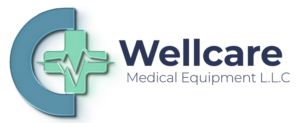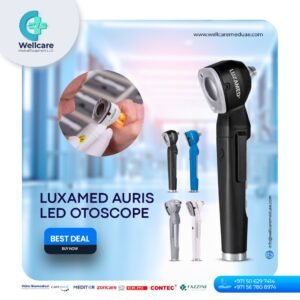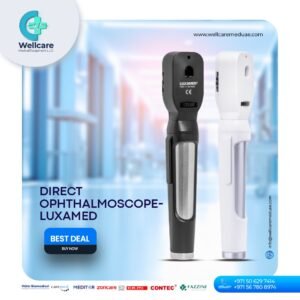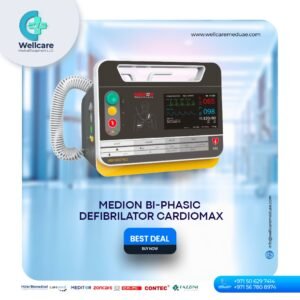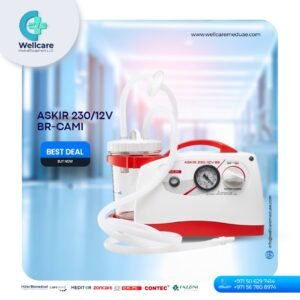Medical equipment supplier in Kenya
Medical equipment encompasses a broad range of devices and instruments essential for diagnosing, monitoring, treating, and managing medical conditions in healthcare settings. These equipment types can vary widely based on their intended use and the specific needs of healthcare providers and patients. Medical equipment is crucial for Kenya's healthcare system, significantly enhancing diagnostic, treatment, and patient monitoring capabilities. However, there is a pronounced disparity in equipment availability between urban and rural areas, with urban centers like Nairobi and Mombasa boasting more advanced technology. The private sector generally has more up-to-date equipment compared to public hospitals, which often struggle with budget constraints. Commonly used equipment includes diagnostic tools like X-ray and ultrasound machines, therapeutic devices such as dialysis and radiation therapy machines, and life support equipment like ventilators and defibrillators. Challenges include high costs, maintenance issues, and a shortage of trained personnel to operate and maintain these devices. Recent government initiatives, such as the Managed Equipment Services (MES) project, aim to upgrade public hospital infrastructure, while public-private partnerships are enhancing equipment availability. The adoption of telemedicine and portable diagnostic devices is improving access in remote areas. Despite these advancements, ongoing efforts are needed to address the skills gap and ensure equitable access to medical technology across the country.
Here are some categories and examples of medical equipment:
Diagnostic Equipment:
- X-ray machines: Used for imaging bones and tissues to diagnose fractures, tumors, and other conditions.
- Ultrasound machines: Employed for non-invasive imaging of organs, muscles, and developing fetuses.
- MRI (Magnetic Resonance Imaging) machines: Provide detailed images of soft tissues, organs, and blood vessels.
- CT (Computed Tomography) scanners: Offer cross-sectional images of bones, blood vessels, and soft tissues for diagnosis.
- Endoscopes: Used for visual examination of internal organs and structures through minimally invasive procedures.
Monitoring Equipment:
- Patient monitors: Provide continuous measurement of vital signs such as heart rate, blood pressure, and oxygen saturation.
- ECG (Electrocardiogram) machines: Record electrical activity of the heart to diagnose heart conditions.
- Pulse oximeters: Measure oxygen saturation levels in the blood.
- Holter monitors: Record heart activity over an extended period for analysis.
Therapeutic Equipment:
- Infusion pumps: Deliver fluids, medications, or nutrients into a patient’s circulatory system.
- Ventilators: Assist patients with breathing by delivering oxygen-enriched air into the lungs.
- Defibrillators: Deliver electric shocks to restore normal heart rhythms during cardiac arrest.
- Surgical instruments: Tools used during surgical procedures, such as scalpels, forceps, and retractors.
Medical Laboratory Equipment:
- Microscopes: Used to examine cells and microorganisms for diagnostic purposes.
- Centrifuges: Separate fluids or substances of different densities in laboratory samples.
- Analyzers: Instruments for analyzing blood, urine, and other bodily fluids to diagnose diseases.
- Incubators: Maintain optimal conditions for the growth of microbiological cultures.
Patient Care Equipment:
- Hospital beds: Provide comfort and support for patients during hospitalization.
- Wheelchairs and mobility aids: Assist patients with limited mobility in moving around.
- Patient lifts and hoists: Aid in transferring patients between beds, chairs, and other surfaces safely.
These examples illustrate the diversity of medical equipment used across healthcare settings to support diagnosis, treatment, and patient care. Each category plays a crucial role in ensuring healthcare providers can deliver effective medical services while prioritizing patient safety and comfort.
